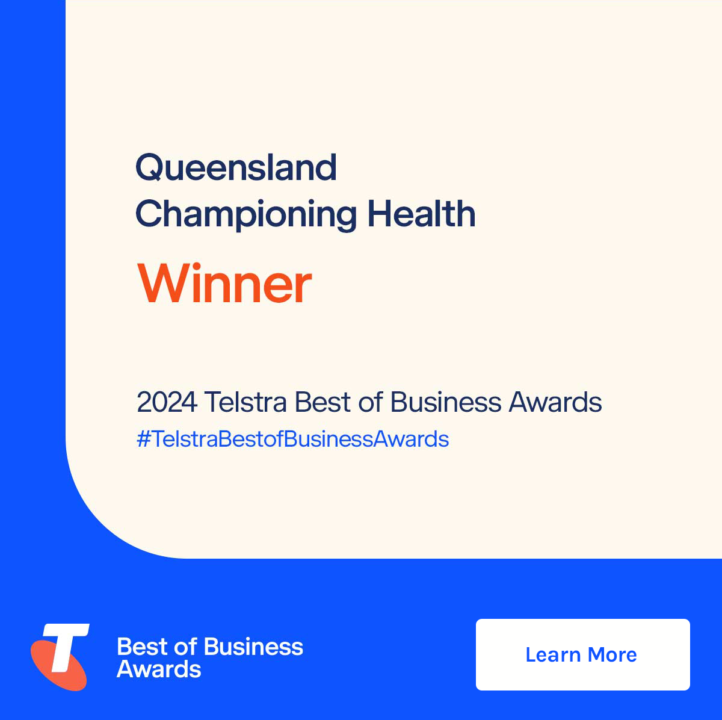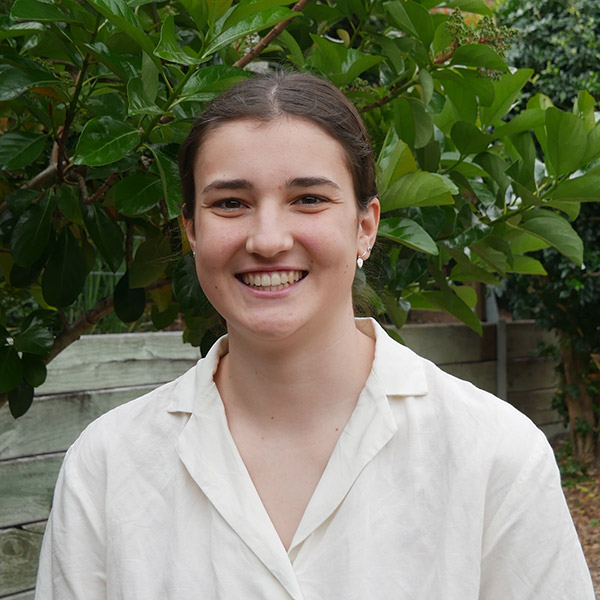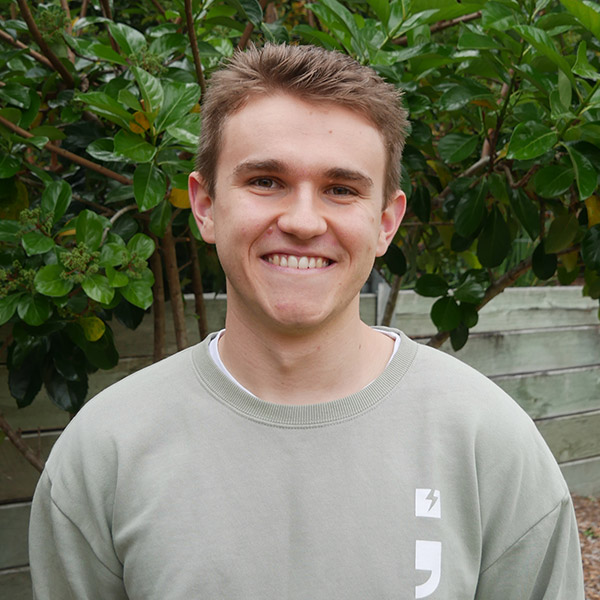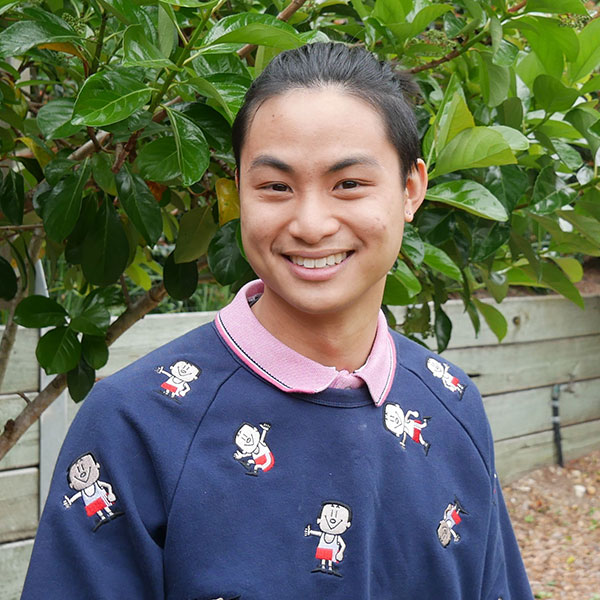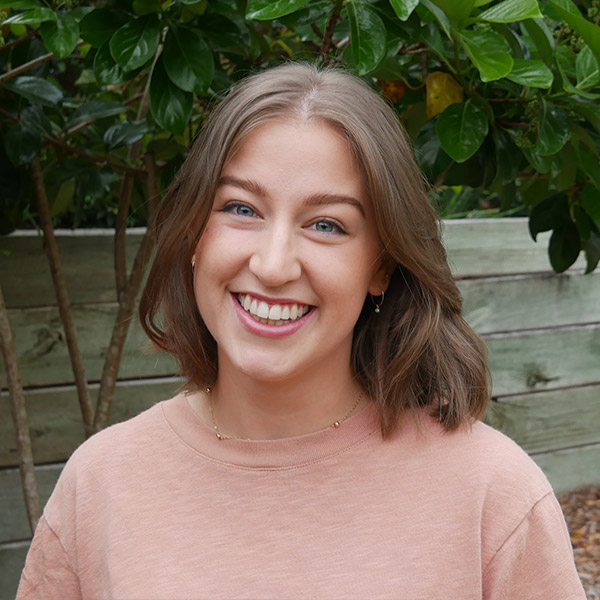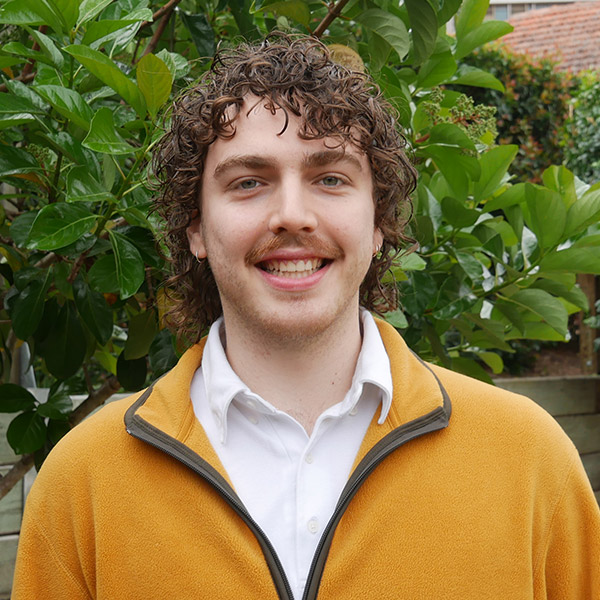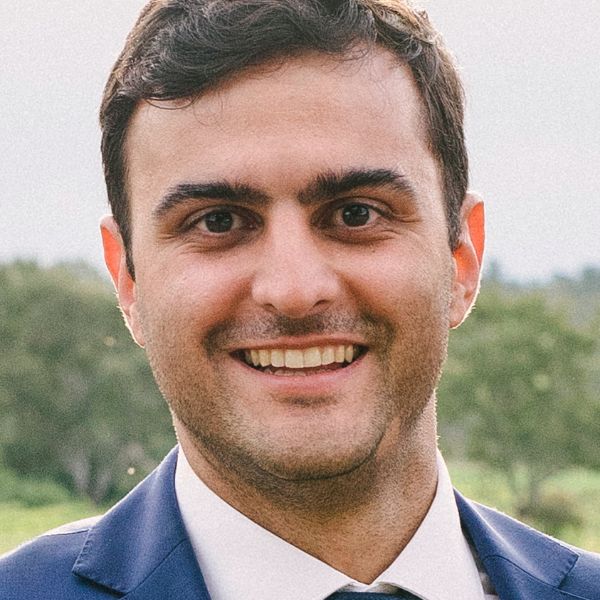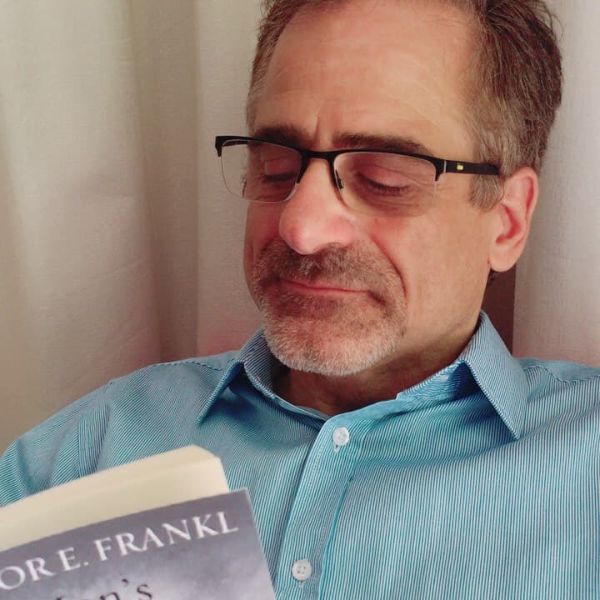
The past three years have been like no other, with the COVID-19 pandemic disrupting lives, particularly for young people. Students in both school and university have had their learning experience disrupted, many lost part-time work and casual employment, and experienced a loss of social connection. The 2021 Mission Australia report found COVID-19 was the most important national issue for young people aged 15 to 19 years, with the top three areas impacted negatively including participation in activities (68.3%), education (62.3%) and mental health (50.3%)[1]. Youth and young adults have the highest rates of mental ill-health, with 40% of 16-24 year old’s experiencing anxiety, mood or substance use disorder in the past 12 months[2]. The recent release of the National Study of Mental Health and Wellbeing 2020-2021 remains deeply concerning for the wellbeing of young people, with the data showing that in fact, mental ill-health and psychological distress is deteriorating. Additionally, there is concerning elevated risk for some segments of the population including young girls and women, those who identify as LGBTIQA+ and Aboriginal and Torres Strait Islander young people[3]. As the world rapidly reverts to the ‘new normal’ and living with COVID, ensuring young people are supported to experience good mental health is crucial if we are to protect the mental wellbeing of the future generation of Australians.
During the pandemic there was a global increase of 25% in anxiety and depression, signalling a wave of distress with young people flowing into emergency departments (EDs), and blowing out waitlists[4]. Twenty-five percent (25%) of Australian children aged 9 to 17 years indicated that they felt more down, scared or worried compared to their feelings before the pandemic[5]. More than 66% of calls to Kids Helpline related to mental health, emotional wellbeing or suicide related concerns, and represents an increase from the record numbers in 2020 as the pandemic started[6]. Kids Helpline also saw significant increase in emergency responses (109% from 2020 to 2021), where counsellors acted to prevent immediate harm to a child or young person (37% involved child abuse)6. In 2020 ambulance attendances for self-injury and suicidal ideation were highest in the 15–19 age group for both males (around 470 and 1,400 attendances respectively) and females (around 1,100 and 2,100 attendances). Ambulance attendances for suicide attempts were highest in the 20–24 age group for males (over 620 attendances) and the 15–19 age group for females (over 1,500)[7]. Suicide is the leading cause of death among Australians aged 15–24 years, and hospital treated presentations for self-harm were highest for those aged 15-19 years, with females experiencing a 32% increase over the past decade[8]. There has never been a more important time to consider the mental wellbeing needs of youth and young people. The ‘shadow pandemic’ highlights the urgency that the mental health and wellbeing of young people should be our top priority4.
Mental health is everyone’s responsibility, and one shared with the mental health sector. The over-stretched mental health system, with general practice, psychological services and headspaces inundated, creates challenges4. Timely access to services is more difficult than ever, placing additional strain not only on the system, but on families, schools, and university tertiary colleges. With nearly half of young people experiencing the onset of mental ill-by the age of 18 years, they remain largely unrecognised and untreated, highlighting the need for prevention and early intervention[9].
There is urgent need for multi-level approaches including strengthening collaboration across the education and mental health sector5,[10],[11]. Coordinated action through establishment of community connections is central to connecting young people to services at point of care. Creating mentally healthy communities also means increasing mental health literacy levels of those working directly with young people – teachers, counsellors, lecturers, pastoral care staff and those in peer support roles such as student leaders in tertiary residential colleges and student accommodation. Stigma disclosure continues to be a barrier to help-seeking, with over half (53%) of young people dealing with mental health issues on their own, rather than speaking to someone[12]. Whilst we know causality of emotional distress in young people varies widely, and usually involves a combination of factors, what we do know is the earlier someone intervenes, the better chance the young person will have a good outcome. By investing in the capabilities of front-line workers such as teachers and those in warm peer support roles, mental health and wellbeing supports and resources can be strengthened and contribute to reduction in psychosocial distress.
More needs to be done to implement protective factors and safeguard the mental health of young people. A multi-level response is required including rapidly scaling prevention and early intervention efforts through education and training[13],[14]. The COVID-19 pandemic has revealed that social connection and psychosocial factors are critical for the mental health of young people5,[15]. Having conversations with young people is a critical first step, and evidence highlights that trusted and respected relationships are foundations to feeling safe and seeking assistance[16]. By increasing multi-level universal prevention efforts inclusive of training of front-line educators and those in peer support roles, together with expanding partnerships to support referral pathways, provides opportunities to create mentally healthy communities, enabling young people to thrive educationally and personally.
Dr Kylie Armstrong and Ms Nicole Evans
ConnectedLE Co-Founders
Enquiries: hello@connectedle.com
0416 032307
If you’re worried about a young person in your life, or if you feel like mental ill-health is impacting you, reach out to trusted person, support lines and services.
LIFELINE 13 11 14
KIDS HELPLINE 1800 55 1800
HEADSPACE 1800 650 890
BEYOND BLUE 1300 224 636
[1] Mission Australia (2021) Youth Survey Report. Available here
[2] Australian Institute of Health and Welfare (2020). Australia’s health 2020. Australia’s health series no. 17. Cat. no. AUS 199. Canberra.
[3] ABS (2022) National Study of Mental Health and Wellbeing 2020-2021. Available here
[4] McGorry, P. (2022) The reality of mental health care for young people, and the urgent need for solutions. Med J Aust; 216 (2); 78-79
[5] Australian Human Rights Commission (2022) ‘Mental health shapes my life’: COVID-19 & kids’ wellbeing drafted by Kelly Hand, Niamh Kealy, Susan Newell, Susan Nicolson and Ashlee Taylor. ISBN 978-1-925917-66-6. Available here
[6] Kids Helpline (2022) Insights report powered by Your town. Available here
[7] Monash University Turning Point (2022) Ambulance attendances for self-harm behaviours by age group and gender, selected states and territories, 202). AIHW. Available here
[8] AIHW (2021) National Mortality Database and ABS Cause of Death, Australia. Available here
[9] Solmi, M, et.al., (2022) Age at onset of mental disorders worldwide: large-scale meta-analysis of 192 epidemiological studies. Molecular psychiatry: 27; 281-295
[10] Iorfino F, Carpenter JS, Cross SPM et.al., (2022) Social and occupational outcomes for young people who attend early intervention mental health services: a longitudinal study. Med J Aust 2022; 216: 87–93.
[11] Orygen (2020) Australian University Mental Health Framework. Melbourne
[12] headspace (2020) Insights: National Youth Mental Health and Wellbeing Survey over time. Media release available here
[13] Productivity Commission (2020) Mental Health Inquiry Report no. 95, Canberra
[14] State of Victoria (2021) Royal Commission into Victoria’s Mental Health System, Final Report, Summary and Recommendations, Parl Paper No. 202, Session 2018–21 (document 1 of 6), Melbourne
[15] Shand F, & Torok M (2022) Schools are important for preventing suicide, but more needs to be done. Med J Aust; 216 (10) doi: 10.5694/mja2.51540
[16] Groot C, Rehm I. et., at., (2021) National Stigma Report Care: Report Summary. SANE Australia. Available here

